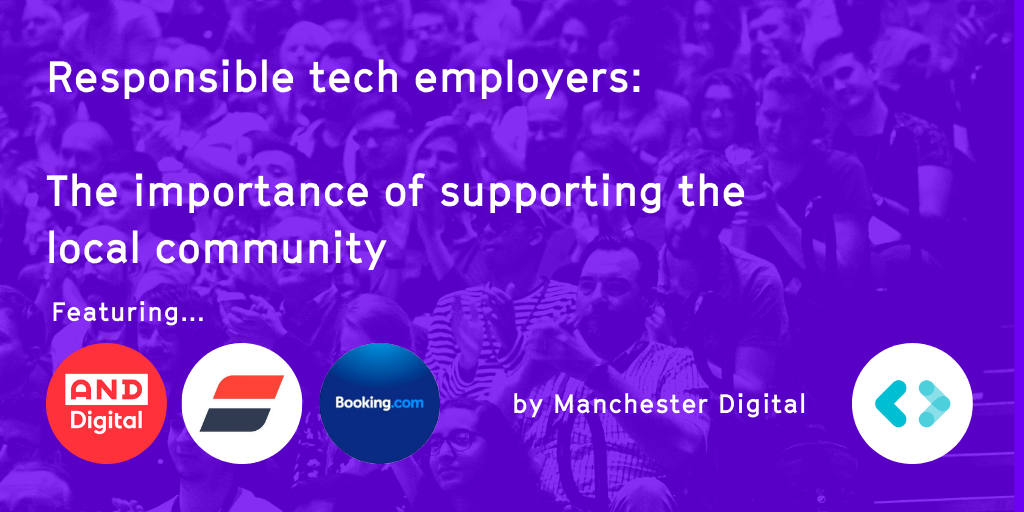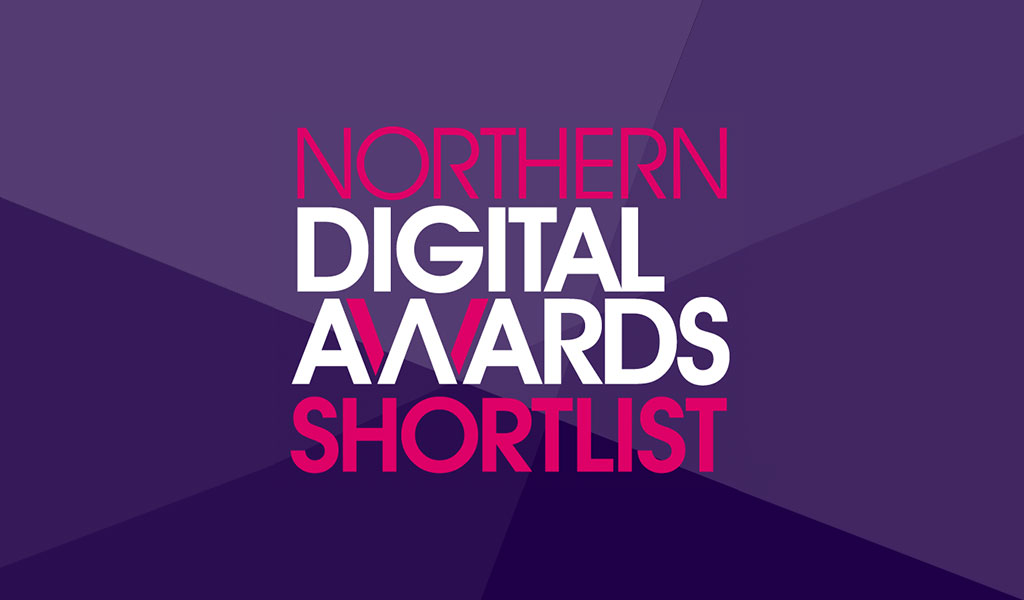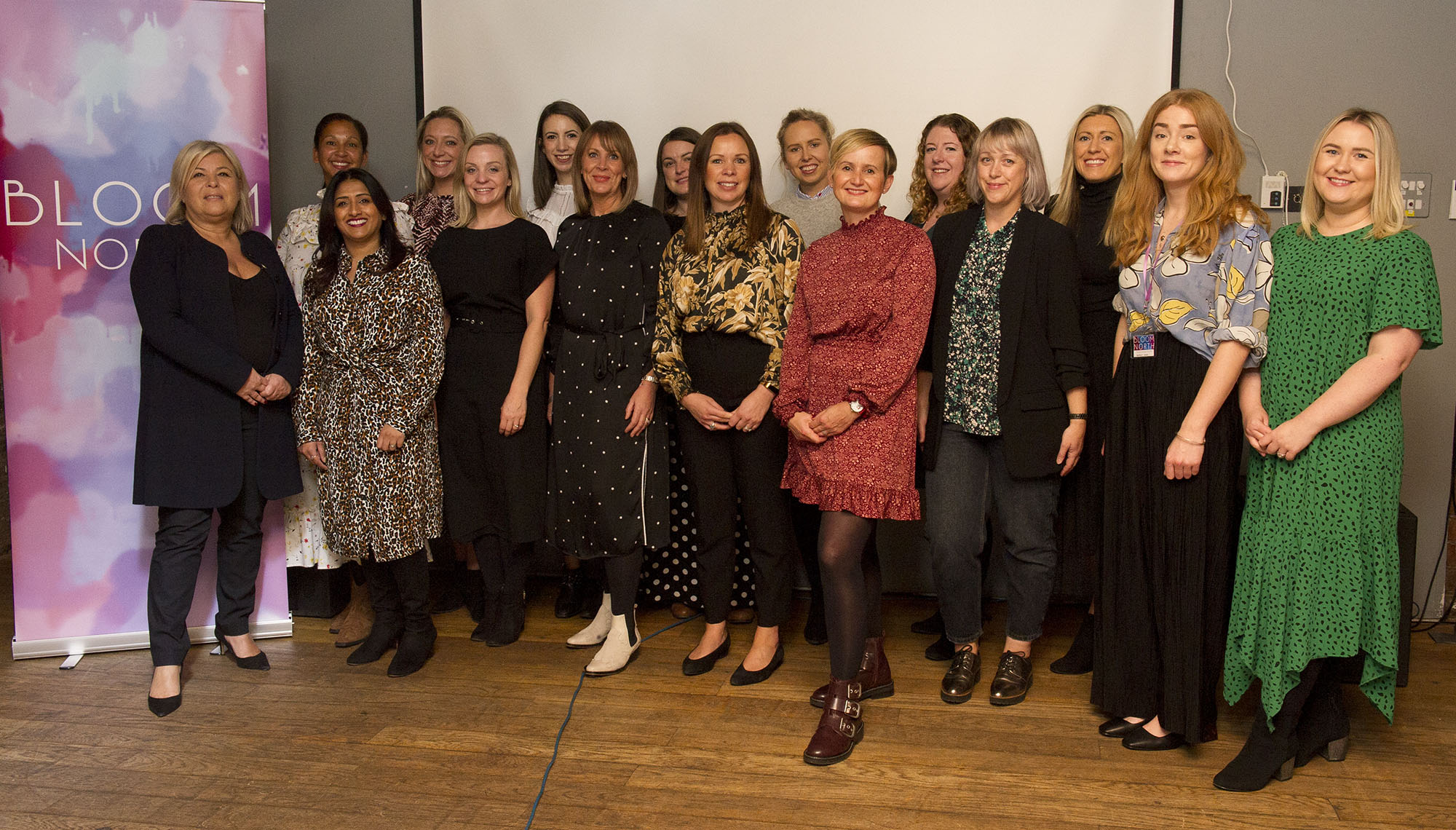
The possibilities are endless, with many different platforms available to businesses of all shapes and sizes.
There are two routes you can go down: paid or organic social. Paid social allows people to spend money on their posts to reach a wider audience, whereas organic social refers to posting online without spending behind the upload.
If your business is new to social media, this could be a perfect time to join or a somewhat challenging one. The global pandemic has caused more and more people to flock onto the various social platforms, with the average person spending 145 minutes on social media per day. On the other hand, paid social media has become highly competitive; many brands are now attempting to be in the eyes of consumers, leading to organic posts becoming lost in our news feeds. Unsure about which organic social media platform you should be using? Check out our tips below and find out a few sure-fire ways to help you grow your brand online.
Instagram is the platform of choice for many brands who wish to boost engagement and appeal to the masses organically. There are more than 200 million business accounts that users visit every day, and even if your brand isn’t particularly creative, there’s plenty that you can be posting on the platform; behind-the-scenes snaps of your latest product launch, ‘meet the team’ profiles or humorous ‘Reels’ that follow a current trend.
With the ability to easily shop on the platform, businesses are turning to Instagram to showcase their products. One hundred and thirty million users tap on shopping posts to learn more about a product each month, and countless companies are utilising this effective feature. Paid media can improve the reach of your shopping posts, but as their organic reach is currently very high on its own, we’d recommend utilising budget elsewhere.
90% of Instagram users follow at least one brand on the platform. Many brands create engaging content that draws people in and causes them to follow the page or even purchase their products or services. A little bit of research can help you discover any current trends to utilise for your organic campaigns to try and engage your audience.
Since its inception in 2004, Facebook has been the frontrunner in the ongoing race to be called the most popular social media platform. Roughly 2.9 billion people log in each month and peruse their News Feeds and various Pages, Groups and Events.
Unfortunately, organic reach on Facebook has been declining for a long while. In 2014, Facebook’s (at the time) VP of Advertising Technology, Brian Boland, said that the News Feed is more competitive among marketers and the ad space is becoming more and more overloaded with content. Your organic reach is bound to be limited due to the sheer volume of paid and free content displayed to users, but it’s still a highly popular platform for businesses.
Funnily enough, the brands that notice higher average organic page reach are the lesser-known ones. A 2015 study by Locowise found that brands with less than 1 thousand followers received an average organic post reach of 22.80%, compared to much larger brands with over 1 million followers receiving an average reach of just 2.27%.
Twitter is another social media platform that can be utilised to help with organic reach. Raising brand awareness and promoting post engagement is something that the platform does so well; the ability to ‘retweet’, comment on, like, and share posts enables your follower’s followers to be exposed to your content.
Due to Twitter’s 280-character limit, it can be pretty tricky to promote your content in such a concise manner. It’s easy to say: “just include what’s relevant”, but this isn’t as simple to execute. Creating ‘threads’ can help you overcome the character limit hurdle and allow you to tweet multiple times about a topic in one space. Viewers can easily scroll through the thread and find any relevant information that they may need.
Every user’s Twitter timeline is different, but we all have the ability to change the page’s overall layout. Users can choose between seeing the latest tweets or ‘top’ tweets. The latter plucks out the tweets from accounts you’re following that you’re most likely to engage with, whereby the latest tweets displays the most recent ones from your following accounts. This means that if users view their top tweets, they may completely miss your organic posts if Twitter doesn’t deem them “worthy of viewing”.
TikTok
One of the best social media platforms for increasing engagement is TikTok. Even though TikTok is a long-established giant, its user count is rapidly growing, making it one of the fastest-growing social media platforms ever. Roughly 650,000 people join the platform every day, equating to 8 users every second; many businesses are turning to TikTok to create fun, engaging and highly trending videos that allow many people to hear about the brand’s products or services.
In terms of reach, TikTok averages about 118% organic reach. When compared to Facebook’s 5.2%, you can see why so many people choose TikTok for content creation. The amount of creativity that users can have makes it a highly popular choice for brands who want to bring awareness to their business or products. Additionally, the interest-based algorithm makes it highly lucrative for prospective viral superstars. Whether you have five or five million followers, your videos can be viewed by anyone and everyone, with or without spending behind the post.
TikTok is no longer just a place for friends to share videos amongst themselves, as e-commerce capability is sweeping through the platform. Shopify and Square were announced as TikTok Partners in mid-2021, providing consumers with the opportunity to purchase products directly on the app. TikTok is reimagining the shopping scene with short-form, entertaining videos that encourage a user to purchase. The platform’s advertising is considered more cost-effective than others, such as Instagram, as the market isn’t as highly saturated with ads and is in a relatively earlier stage.
Top Tips to Organically Increase Engagement
Be Active
You should be regularly posting onto whichever social media platforms your brand has a presence on. Not too much so that you’re hammering your viewers with excessive information or irrelevant posts, but posting regularly can really increase post engagement and bring people back to your profile so that they don’t miss one of your posts.
Consider Influencer Marketing
Whilst influencer marketing can be considered as paid media, there will be some influencers who could advertise your brand for free, especially if they like your products. Instagram is a perfect platform for influencer marketing as it’s heavily image-based, and thanks to the sheer number of influencers on the platform, there should be someone that resonates with your brand.
Stick to Your Brand’s Image
If you notice that more people are engaging with your brand, then it’s likely because they enjoy your content & it’s in tune with your brand’s image. Swaying from your brand’s image may deter people from engaging with or even purchasing from you in the future. Keeping up with your brand’s tone of voice and identity is important for businesses that want to increase their presence on social media.
Choose the Right Social Media Platform for You
Some brands may not have an audience on certain platforms, so choosing the correct one for your brand is important. If your content is not receiving as much engagement as you want it to, then try to create a presence on other social media platforms; you can always come back to the original platform in the future.
Optimise Your Page
Your profile page is the first thing that viewers see when they search for you on social media, so it needs to be relevant, helpful and full of any information that someone may need. Optimising your profile includes anything from choosing the right profile picture, linking your website in your bio or mentioning particular brand keywords, e.g. free delivery available. If you’re struggling to think of the best ways to optimise your Instagram profile, check out our blog here.








